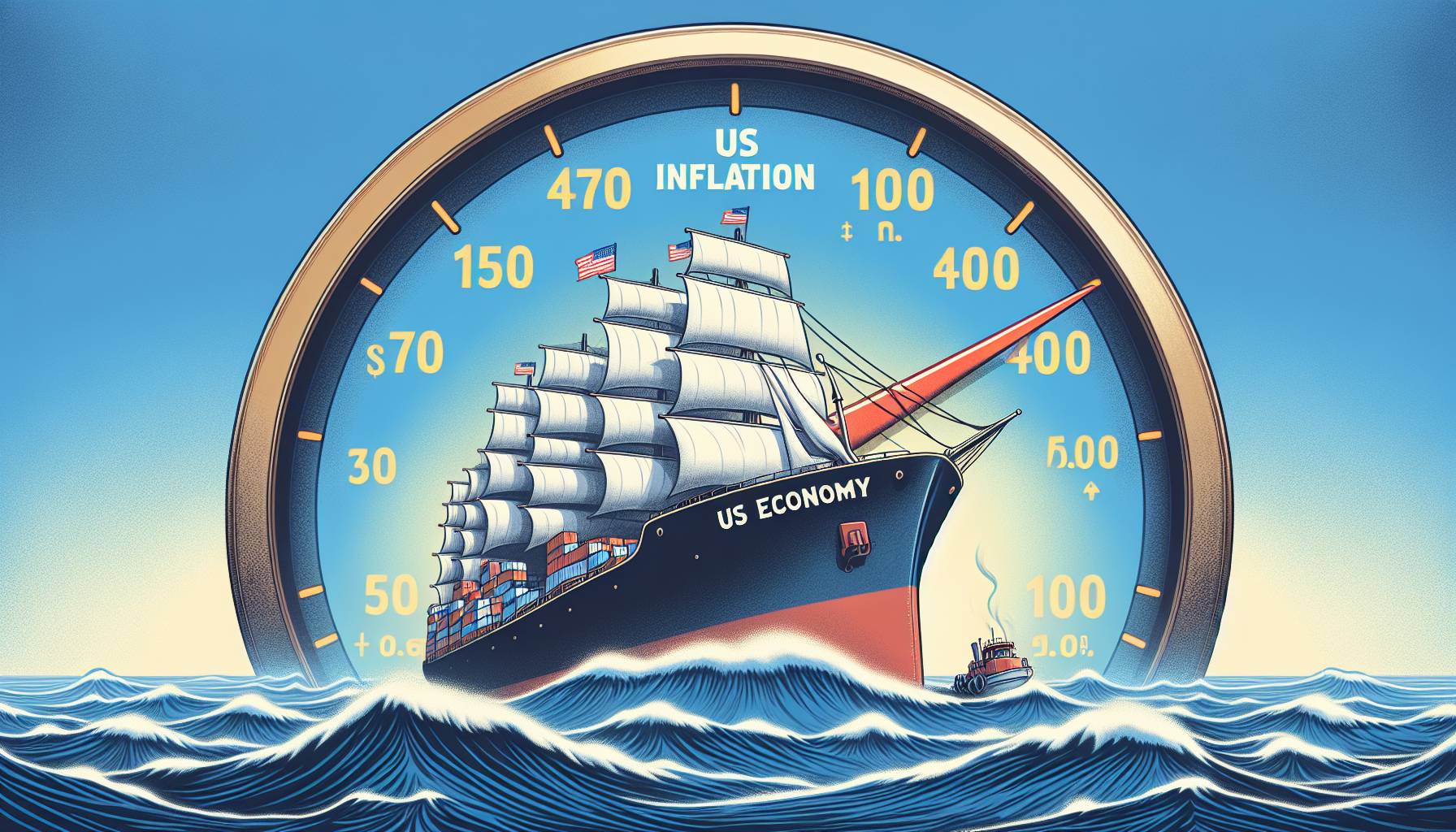Australian unemployment rate hits 3.5-year high
As the USD continues to attract investors seeking stability and higher yields, the AUD faces headwinds from both internal and external factors. The market’s focus remains on how these currencies will perform in light of ongoing economic developments and policy decisions in both Australia and the United States.
Impact on AUD/USD exchange rate
Traders are closely monitoring these developments, as the labor market figures are a critical indicator of economic health. With the USD maintaining its strength, largely due to its safe-haven status amidst global uncertainties, the AUD’s performance is further pressured. The currency’s underperformance reflects investor sentiment, as market participants reassess their positions in light of the new data.
USD strength and AUD performance comparison
The unemployment rate in Australia has experienced a notable increase for June, reaching 4.3%, which is higher than the expected 4.1% and the previous rate of 4.1%. This marks the highest level seen in 3.5 years.
The latest employment data reveals that Australia’s unemployment rate has surged to its highest point in 3.5 years. The June figures show an unemployment rate of 4.3%, surpassing the expected 4.1% and the previous month’s rate of 4.1%. This increase indicates a slowdown in the labor market growth, highlighting potential challenges for job seekers and policymakers in the country.
The interplay between global economic conditions and domestic challenges has created a dynamic but challenging environment for the Australian dollar.
The recent uptick in Australia’s unemployment rate has exerted downward pressure on the AUD/USD exchange rate. As investors digest these figures, the Australian dollar has experienced a slight weakening. This reaction is largely attributed to the market’s perception of a slowing economy, which often dampens investor confidence and can lead to capital outflows. Additionally, the higher-than-expected unemployment rate may signal to traders that the Reserve Bank of Australia could maintain or potentially lower interest rates to stimulate economic growth, further influencing the currency’s value. As a result, the AUD/USD pair has shown some softness, reflecting the broader economic sentiment and market adjustments to the latest employment data.
Australia unemployment rate rises in June
The recent uptick in Australia’s unemployment rate has had a discernible impact on the AUD/USD currency pair. The Australian dollar has seen a slight decline, underperforming against the generally stronger US dollar. This weakening can be attributed to market reactions to the unexpected rise in unemployment, which has raised concerns about the pace of economic recovery in Australia.
Impact on AUD/USD and currency performance
The recent economic data has highlighted the contrasting performances of the Australian and US dollars. The USD has shown considerable strength, buoyed by robust economic indicators from the United States, including strong job growth and consumer spending. This strength is further supported by the Federal Reserve’s monetary policy decisions, which have maintained a relatively higher interest rate environment compared to other major economies.
In contrast, the Australian dollar has underperformed, weighed down by domestic economic challenges such as the rising unemployment rate. This divergence in economic conditions has led to a widening gap between the two currencies, with the USD gaining an upper hand in the currency markets.
Forex traders should remain vigilant, as shifts in economic indicators like unemployment can swiftly alter market dynamics. Understanding these fluctuations is key to navigating the forex market effectively. As the AUD continues to face headwinds, staying informed and adaptable will be crucial for those engaging in currency trading.

